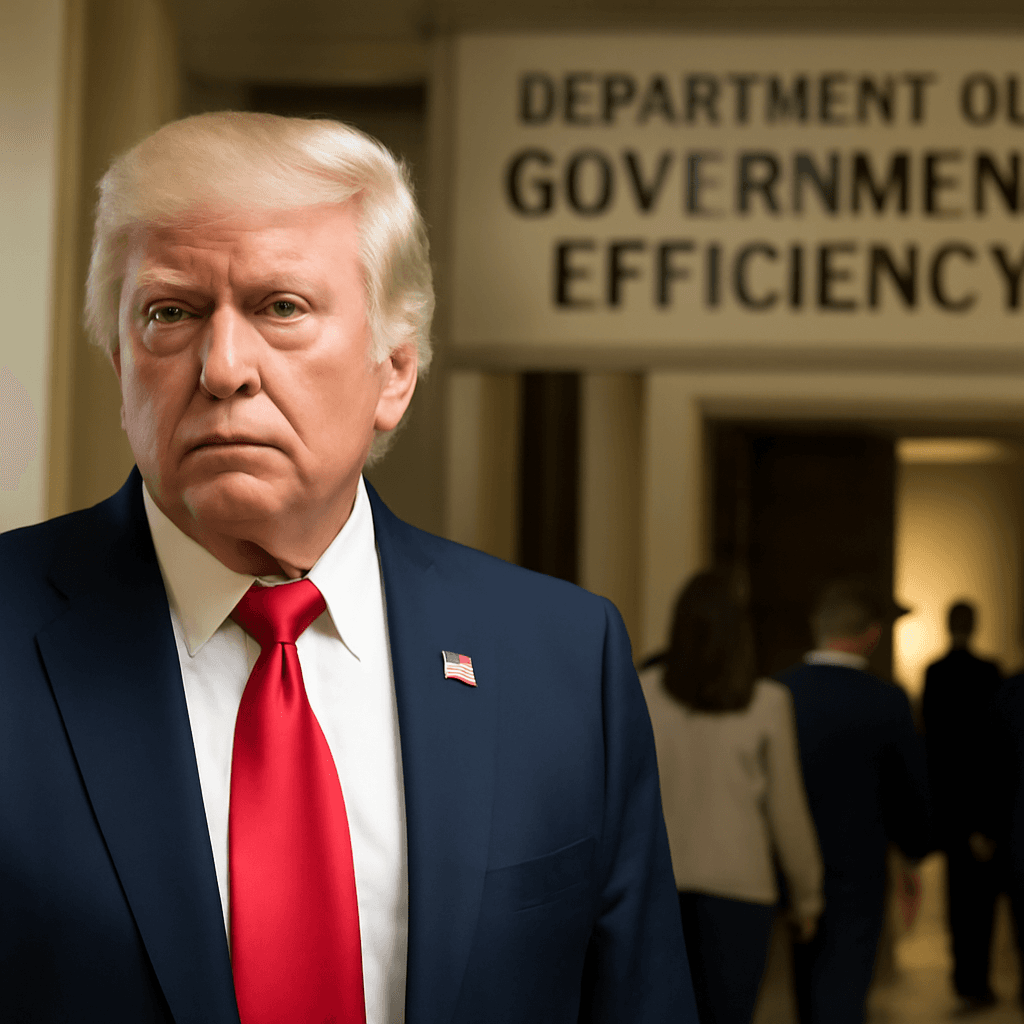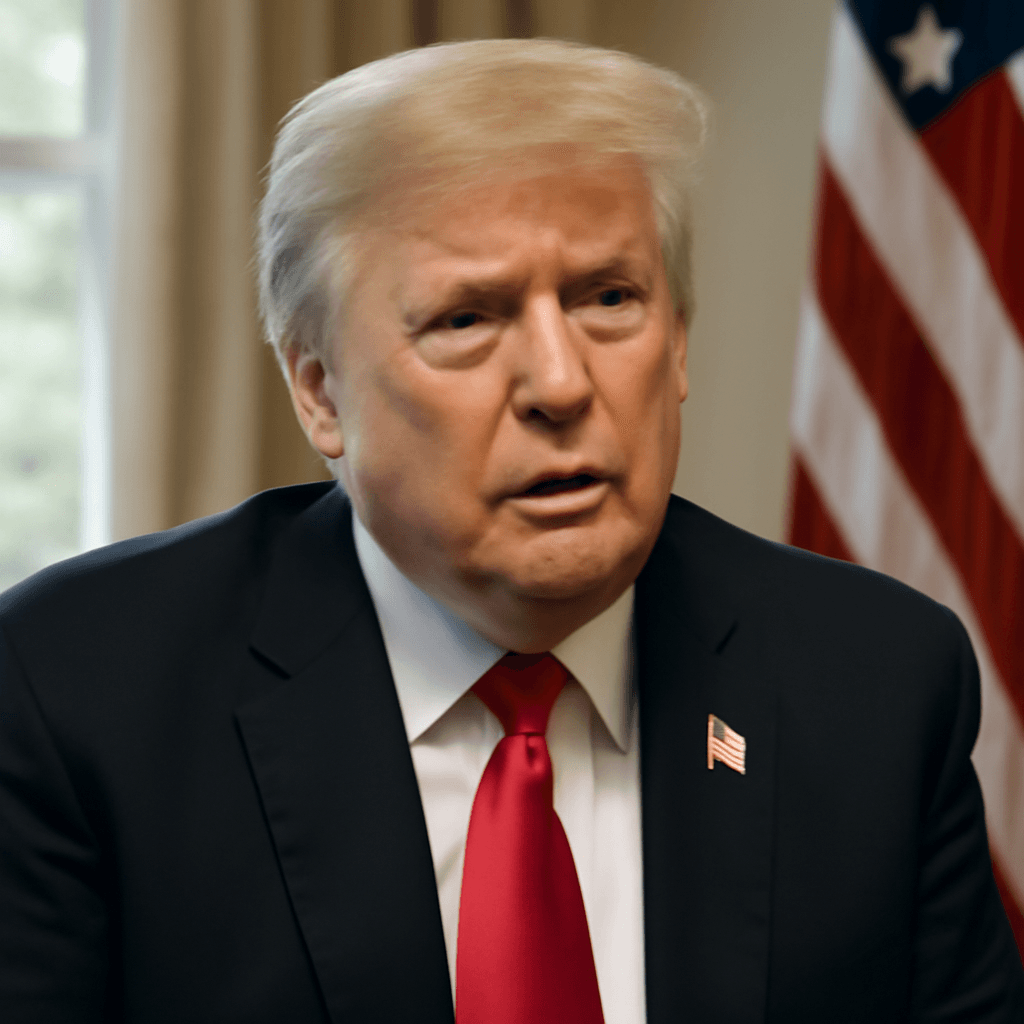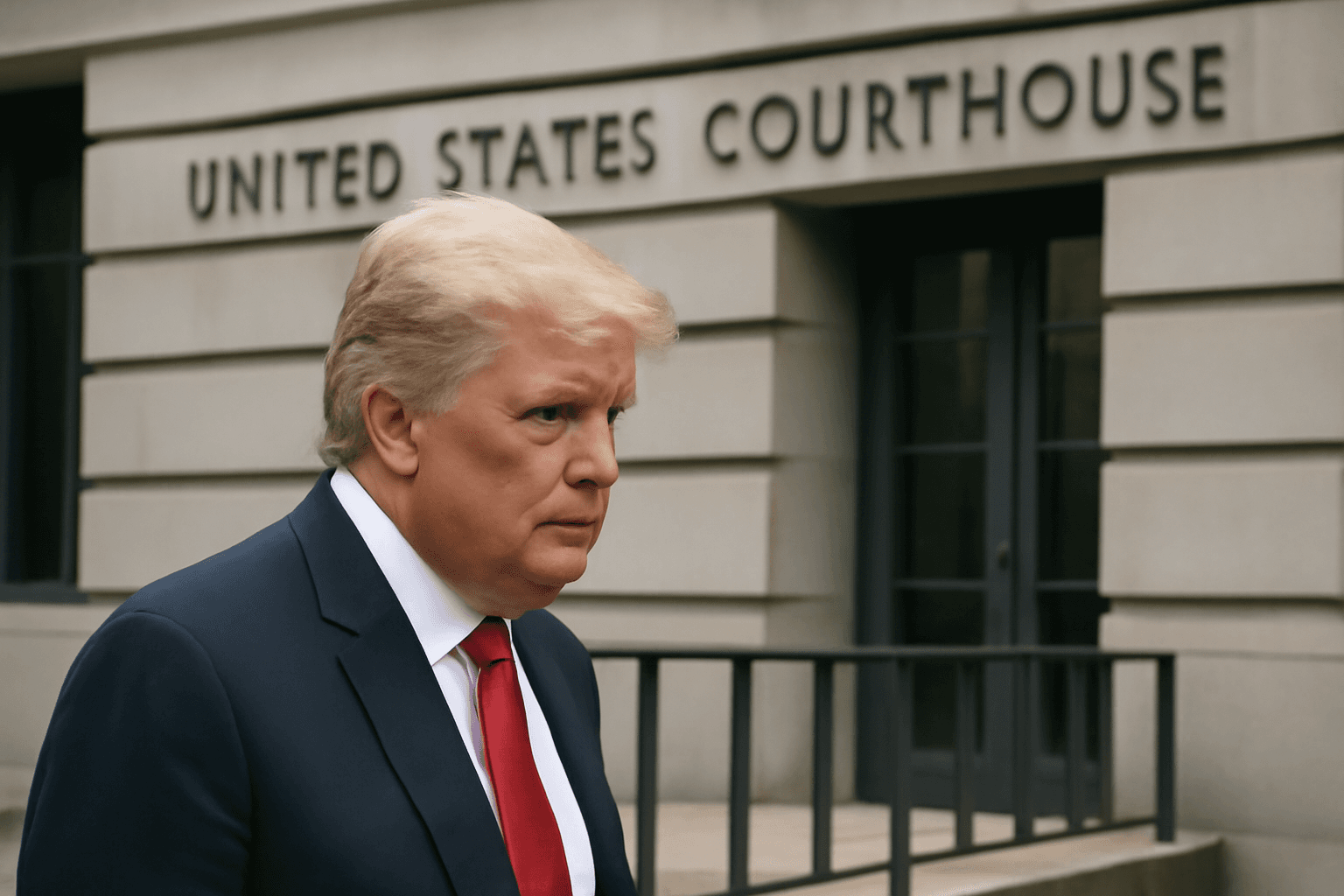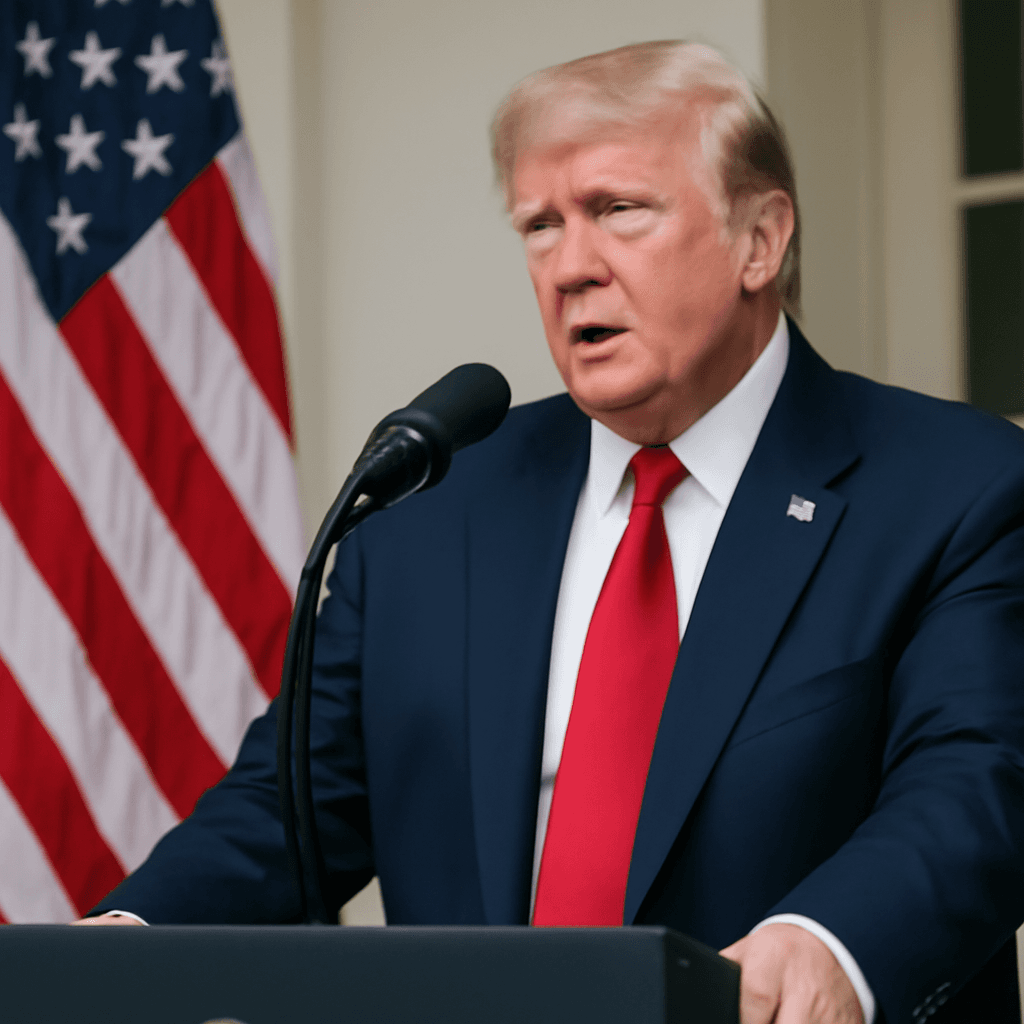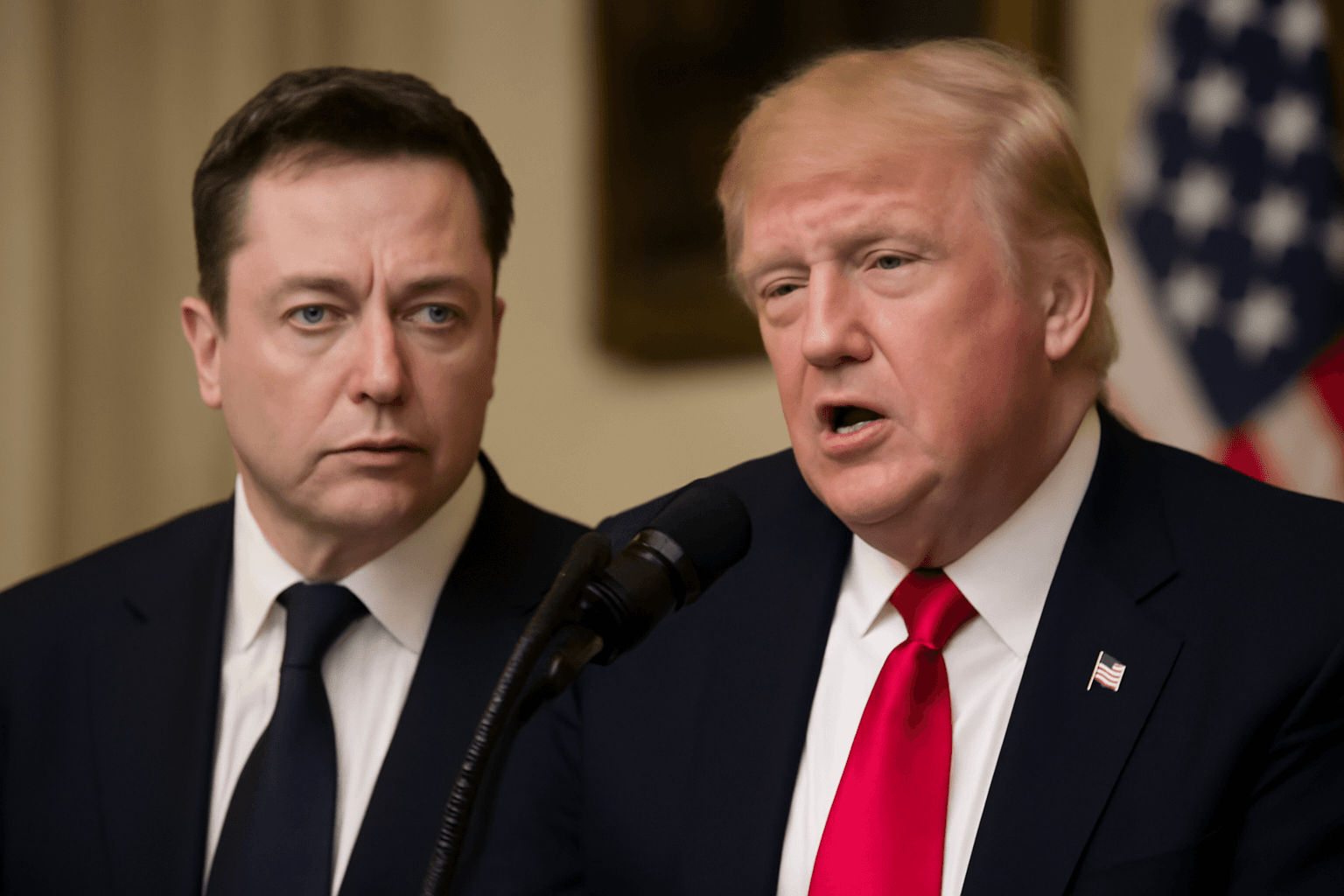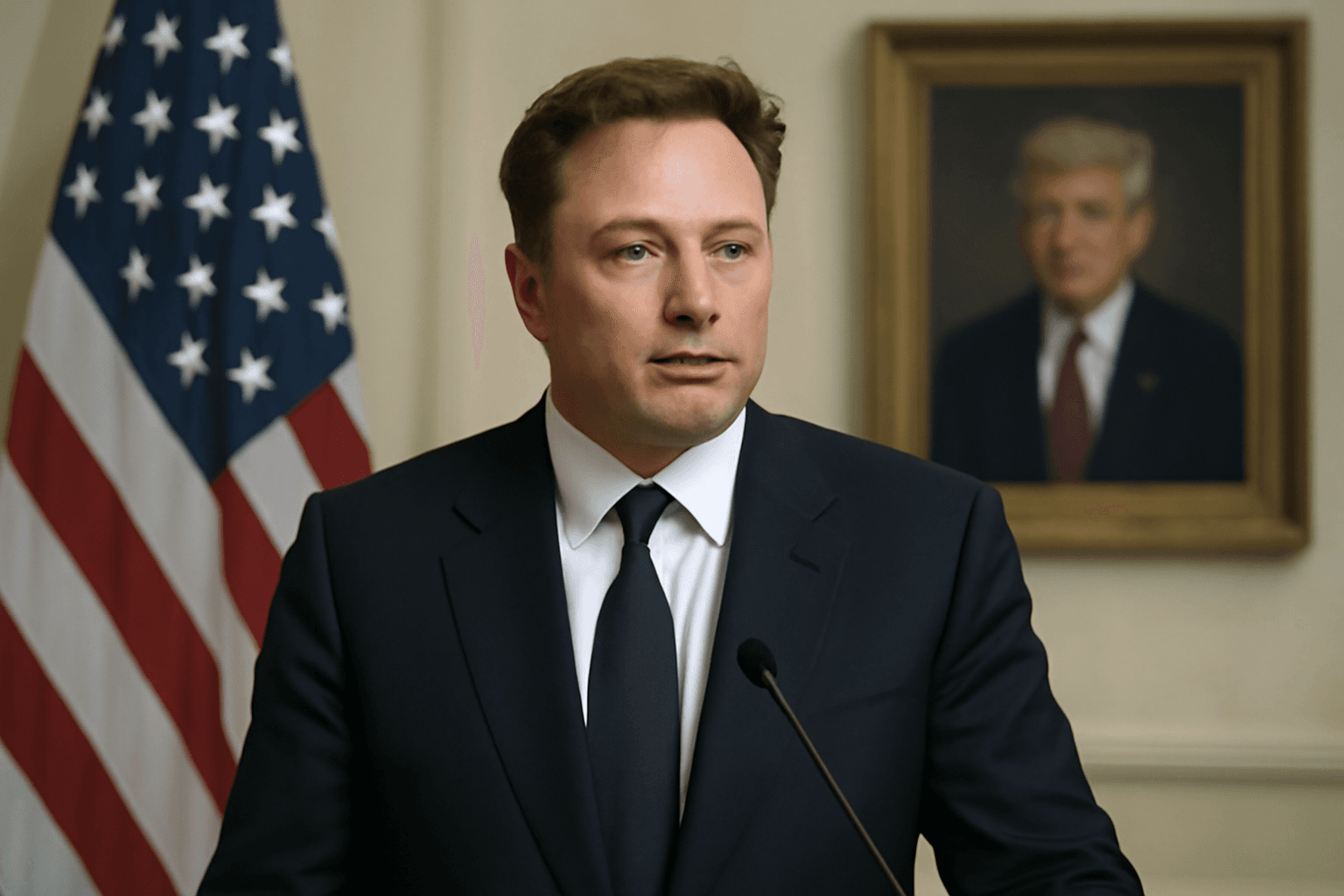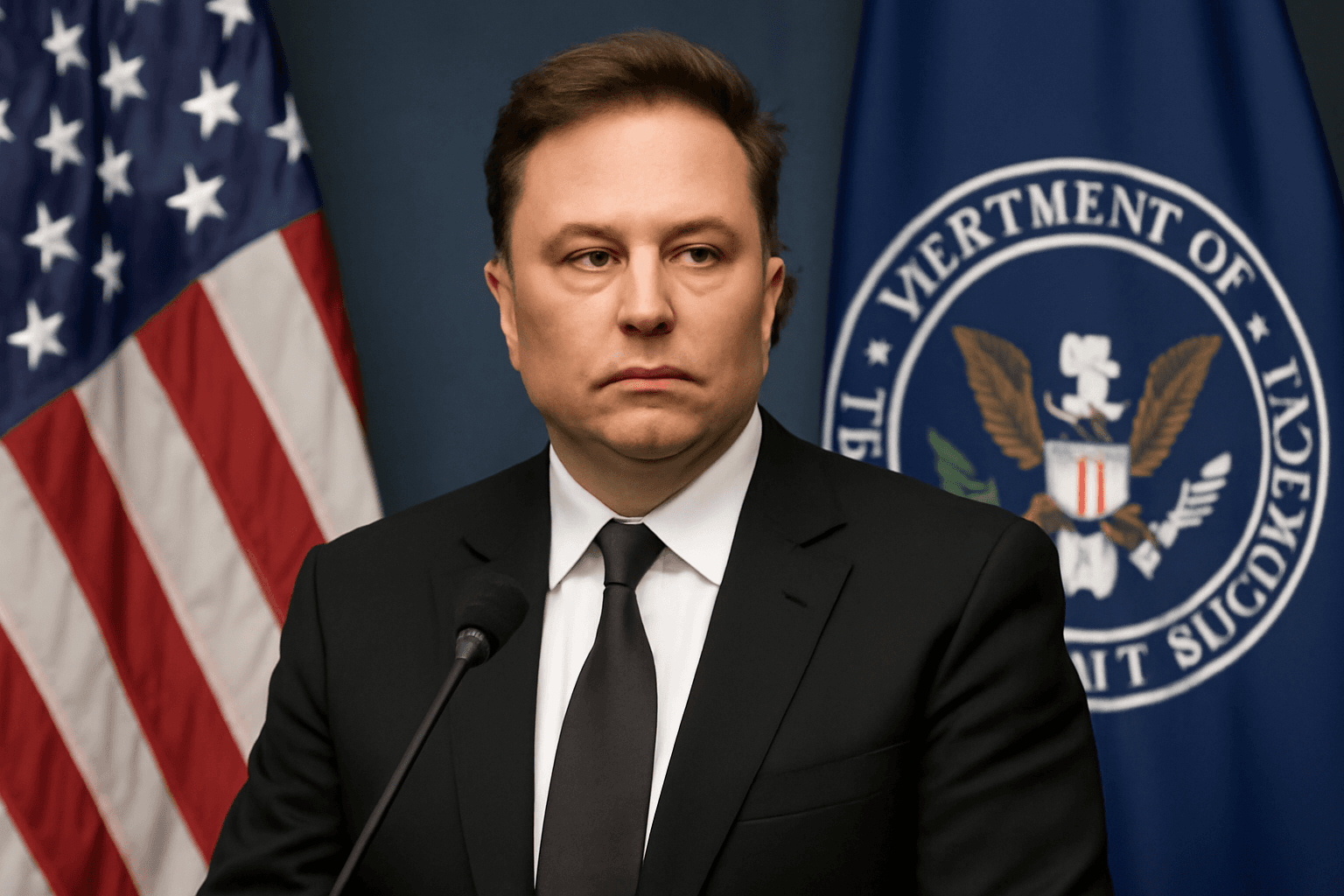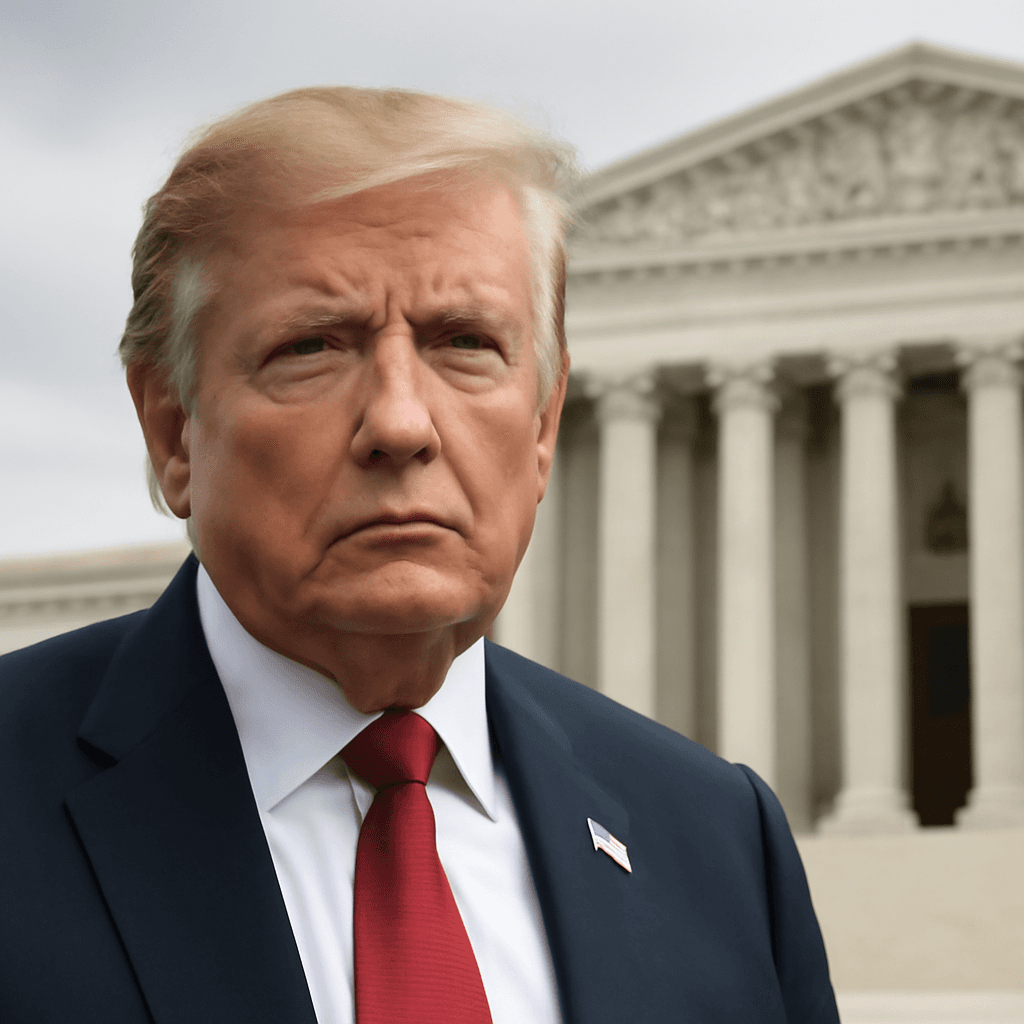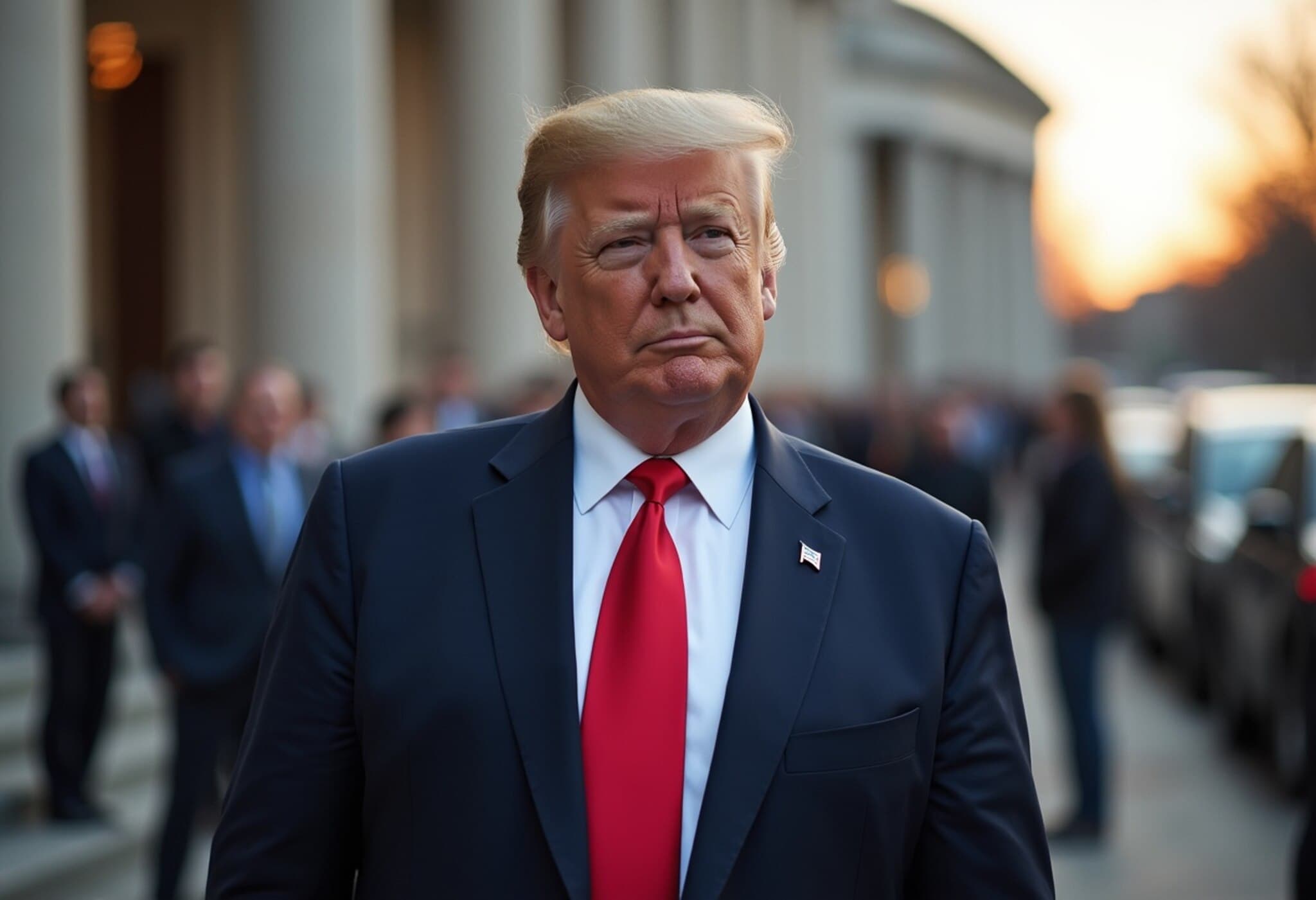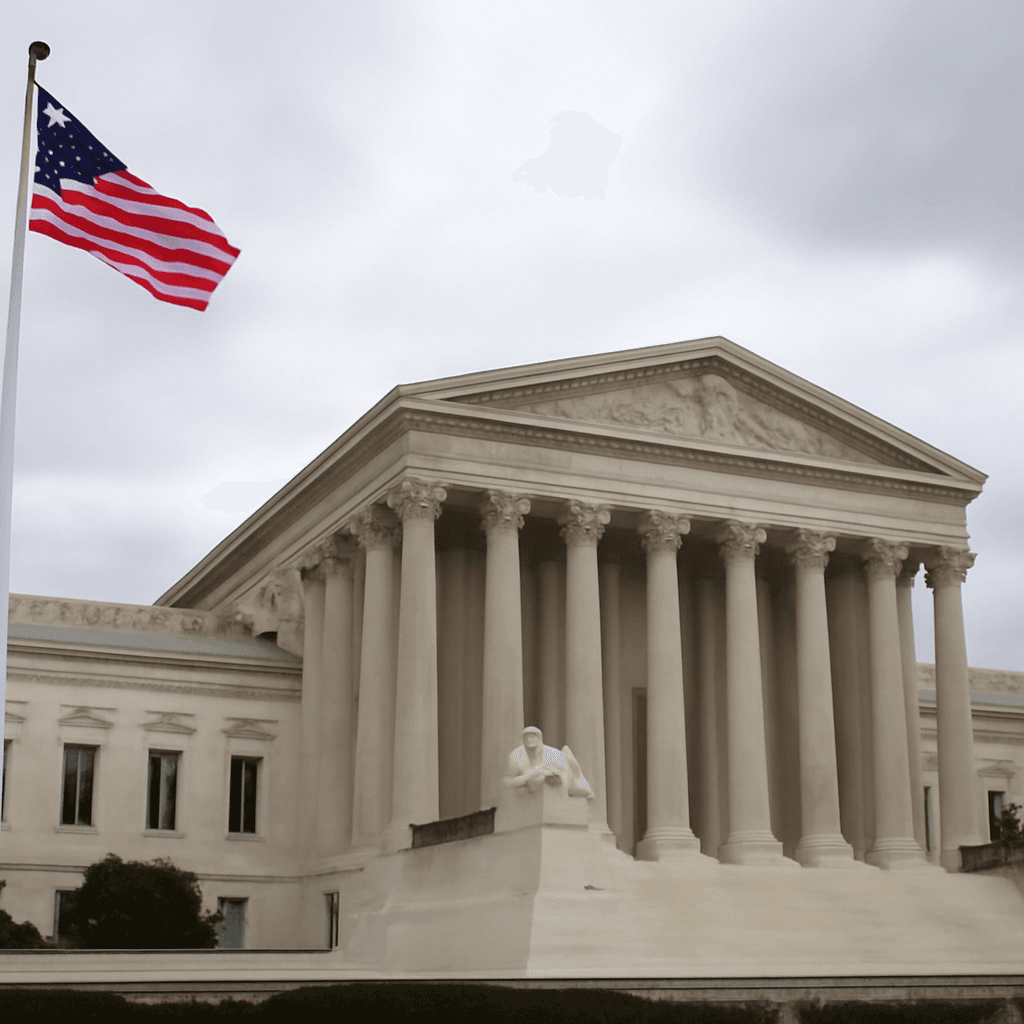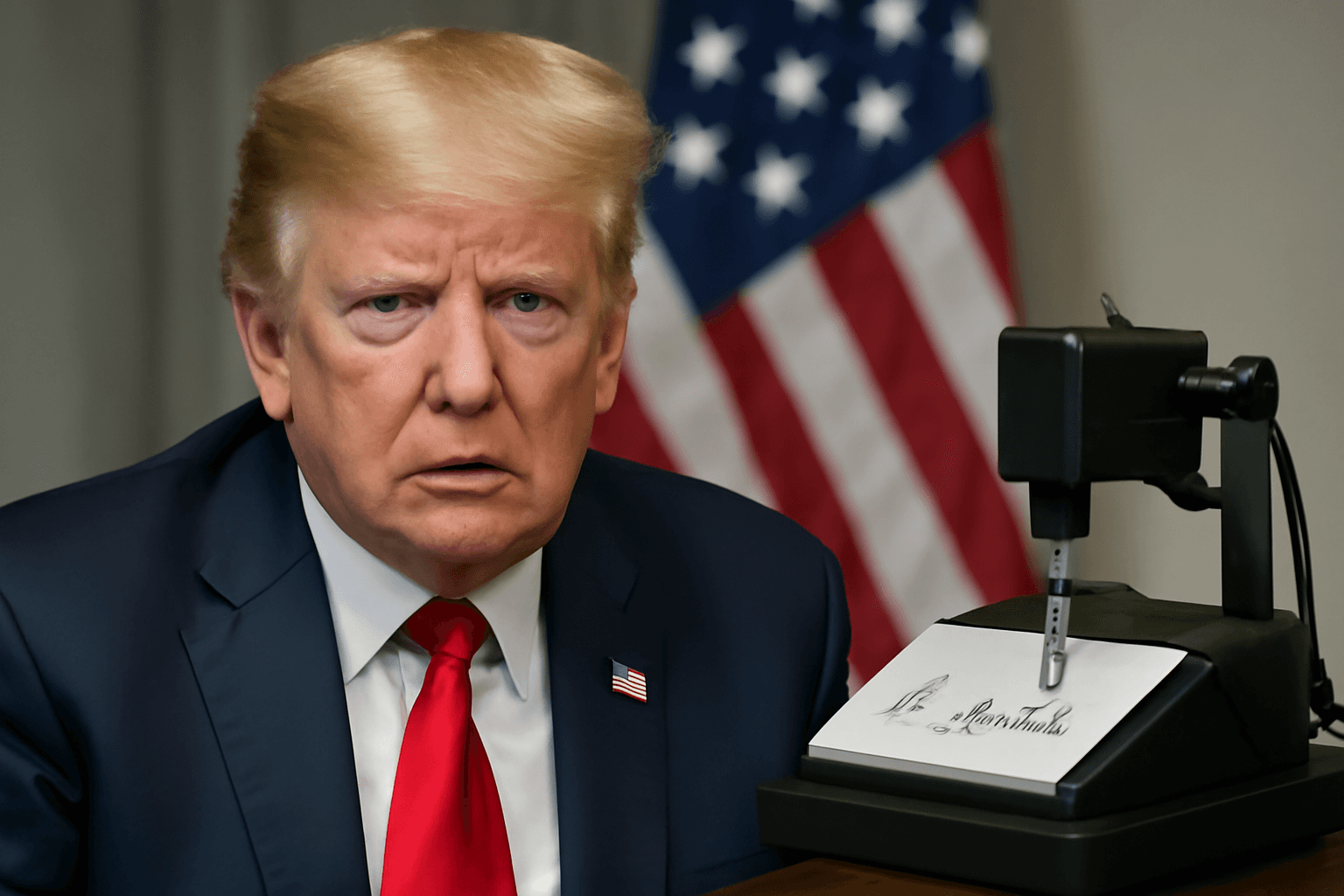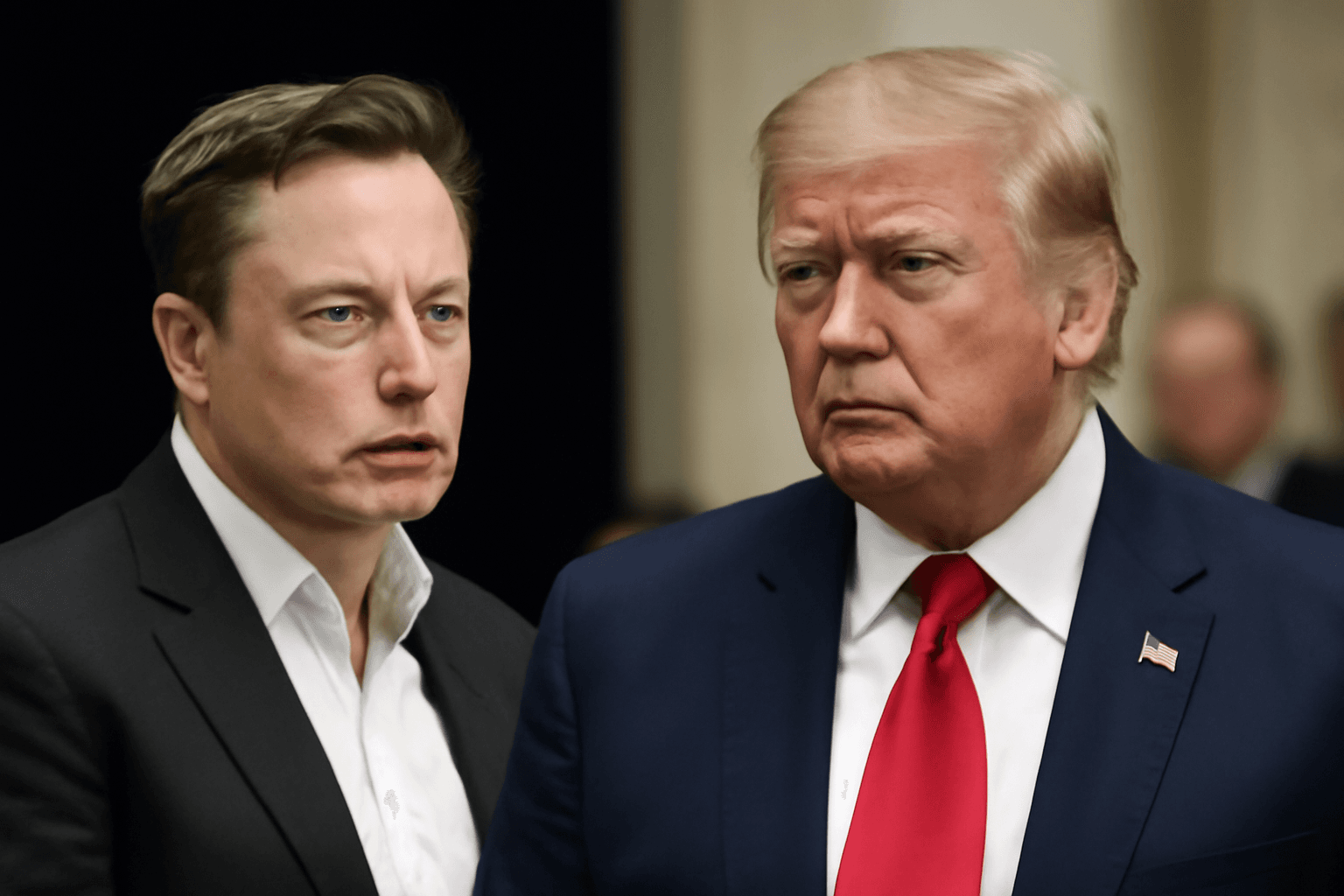Trump Administration Appeals to Supreme Court on Federal Job Cuts
The Trump administration has filed an emergency appeal with the U.S. Supreme Court, seeking to lift judicial barriers that have impeded its plans to reduce the federal workforce. This move challenges court rulings that have temporarily blocked workforce downsizing efforts, which the administration views as an essential exercise of presidential authority.
Legal Obstacles and Court Rulings
The appeal follows a recent decision by the 9th Circuit Court of Appeals, which declined to overturn an injunction issued by a California federal judge halting the federal workforce reduction initiative. The Department of Government Efficiency (DOGE), previously overseen by Elon Musk, is at the forefront of managing these largescale layoffs across numerous federal agencies.
In its 2–1 decision, the appeals court expressed concerns about potential "irreparable harm" to vital government services, such as food safety and veterans' health care. However, the administration disputes these concerns, emphasizing that the president's actions remain within constitutional bounds.
District Court Ruling and Administration’s Response
U.S. District Judge Susan Illston ruled in April that significant workforce reductions require explicit congressional authorization, a position that Solicitor General D. John Sauer strongly challenged in the Supreme Court filing, labeling it as an "indefensible premise." Judge Illston's injunction halts federal agencies from implementing President Trump's executive order on workforce downsizing issued in February, as well as subsequent directives from DOGE and the Office of Personnel Management.
Scope of the Workforce Reduction
Following Trump's 2024 election victory, the administration claims a clear mandate to reorganize the federal bureaucracy. Details of the workforce reductions include:
- Over 75,000 federal employees have exited through deferred resignation programs.
- Thousands of probationary employees have been terminated or placed on administrative leave.
No comprehensive official count has been disclosed, but affected agencies span multiple departments including Agriculture, Energy, Labor, Interior, State, Treasury, and Veterans Affairs, as well as entities like the National Science Foundation, Small Business Administration, Social Security Administration, and Environmental Protection Agency.
Broader Legal Challenges and Next Steps
In addition to the Supreme Court appeal, labor unions and several cities including Baltimore, Chicago, and San Francisco have filed lawsuits contesting the mass layoffs. One ongoing case involves a challenge to the termination of probationary workers; a federal judge had ordered their reinstatement, but this order was subsequently blocked by the Supreme Court.
The Supreme Court has set a deadline for responses from the union and city plaintiffs by next Monday, signaling imminent decisions that could significantly impact the federal workforce reduction program.

